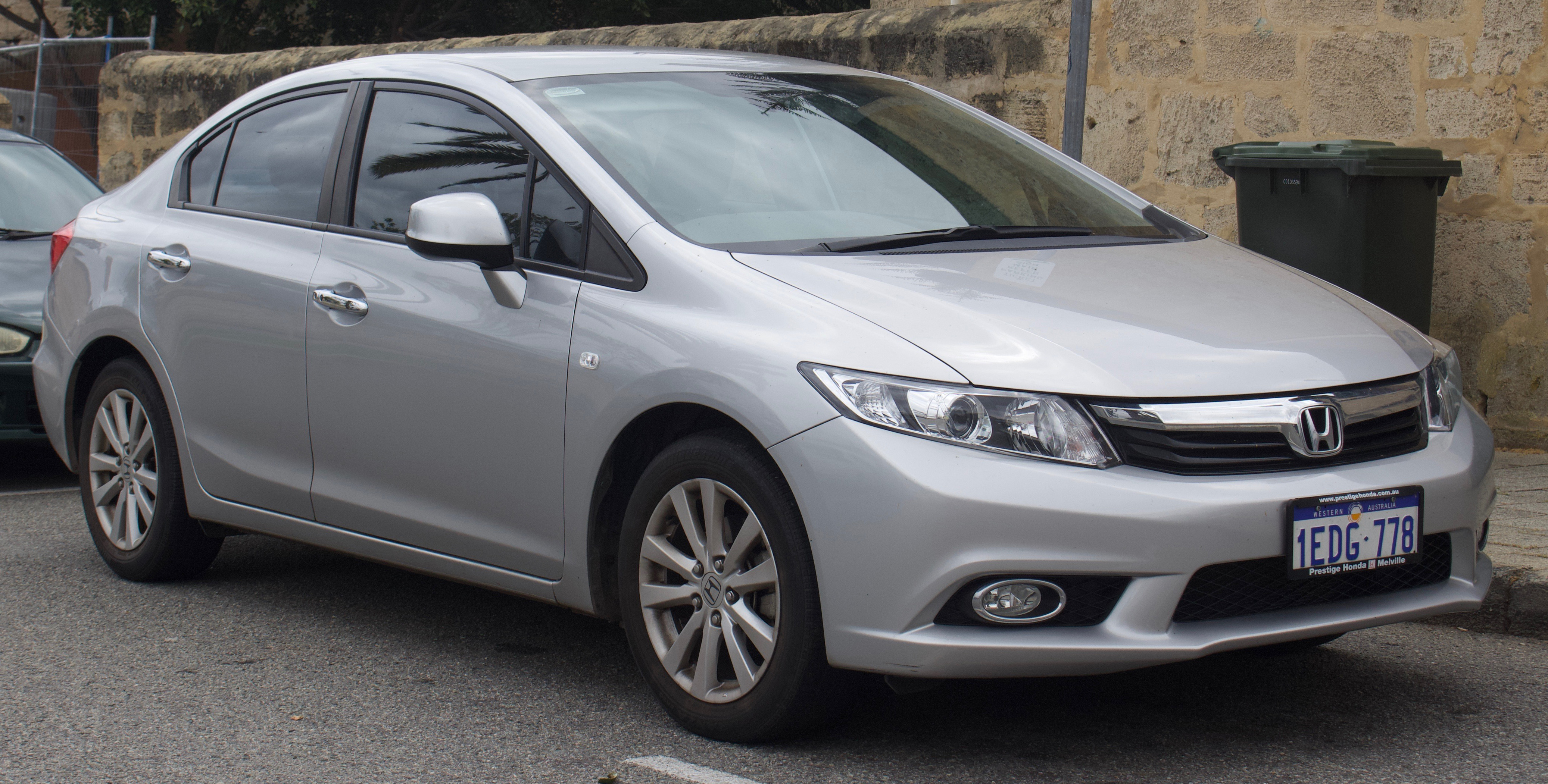
Class 66 Enhancement Pack. Ctrl+D - Driver vigilance device (DVD) ON/OFF. Navigated by using the keyboards controls listed on page 3 of this manual: Main Menu. Commercial Driver's License Manual. Table of Contents. This manual is not a substitute for a truck driver training class or program.
DE 64 at Godorf Hafen open day. Main article: The class was designed by General Motors-Electro Motive Division for use in the UK, and 250 were sold to, with orders from,,. Instrukciya po razvedeniyu hloramina.
Mainland Europe [ ] With the locomotives proving successful in the UK, interest came from railway operators in Europe. General Motors locomotives in mainland Europe had historically been produced under license by local manufacturers. The high haulage capacity and reliability of the (JT26-CW-SS) had led to its use by the German company (HGK).
The first mainland Europe order also came from HGK, for two locomotives, followed by TGOJ Trafik ( ) in Sweden. Subsequently, many European railway operators bought locomotives. CD66 of CargoNet The air conditioning unit is visible above the cab.
Despite being popular with rail operators, especially due to its high reliability, the class has not been universally successful: one recurring problem has been driver comfort. In particular, noise levels (including noise from the cab horn), vibration, and excessive cab-temperatures in hot weather have brought serious complaints. The cab is not isolated from the main frame, causing engine noise to be the dominant background noise; notwithstanding the implications for safety (audibility of warning signals etc.), and the potential for hearing damage in the long term, the conditions drivers face led to threats of industrial action in the UK in 2007, and an agreement for increased pay for drivers using this type of locomotive (in Norway). By modifying using noise absorbing materials EMD succeeded in meeting TSI Noise Certification standards in 2008. Tests on retrofitted cooling systems and improved seating have been carried out on some UK locomotives.
ETCS Equipment [ ] Between 2006 and 2010, 12 locomotives belonging to Mitsui Capital Rail Europe (MRCE), operating in the Netherlands and Germany, were equipped with, principally to allow them to work on the equipped, comprising the ETCS Level 1 'Havenspoorlijn' in the Rotterdam harbour area and the ETCS Level 2 'A15' route linking Rotterdam to the German border. The MRCE locomotives were sold to Beacon Rail in 2015. Commencing in 2015, 15 locomotives owned by Ascendos Rail Leasing and 10 locomotives owned and operated by Crossrail Benelux were equipped with.
Idle reduction [ ] As a fuel-saving and wear-reduction measure operator is to fit ninety of its fleet with by the end of 2015. The modification is provided by ZTR Control Systems of London, Ontario and is expected to reduce engine running hours by about one-third. Operators [ ]. Freightliner PL EMD JT42CWRM #66001 at the station in Germany (May 2008) Europe [ ] Certification () is needed for each country of operation.
The locos were initially given a temporary certificate for use in France, and full certification came in 2009 (they had previously operated in France on some routes), Romanian certification came in 2007 The class is certified for operation in Germany, the Netherlands, Luxembourg, Belgium, Sweden, Norway, Poland and Denmark. As of 1 January 2009, certification for use in the Czech Republic and Slovakia was pending. Middle East [ ] They are operated in by the. List of operators [ ].
Main article: 60 EWS locomotives lent from EWS stock to EWSi subsidiary. 13 units exported to Poland for Freightliner Poland. (ECR) France Class 66 Class 77 120 60 loaned from parent company EWSi 60 further locomotives during 2009 designated Class 77 (FPL) Poland 7 Part of Freightliner Group Ltd. Formerly Benelux (R4CB) Benelux (Belgium, Netherlands & Luxembourg) 26 (HHPI) Germany Belgium (HGK) Germany Class 266 (ERSR) Netherlands (RN) Netherlands Deutsche Leasing Benelux (R4CB) Benelux (Belgium, Netherlands & Luxembourg) 1 (ENR) Egypt 2120 40 First non-European customer, for passenger use.